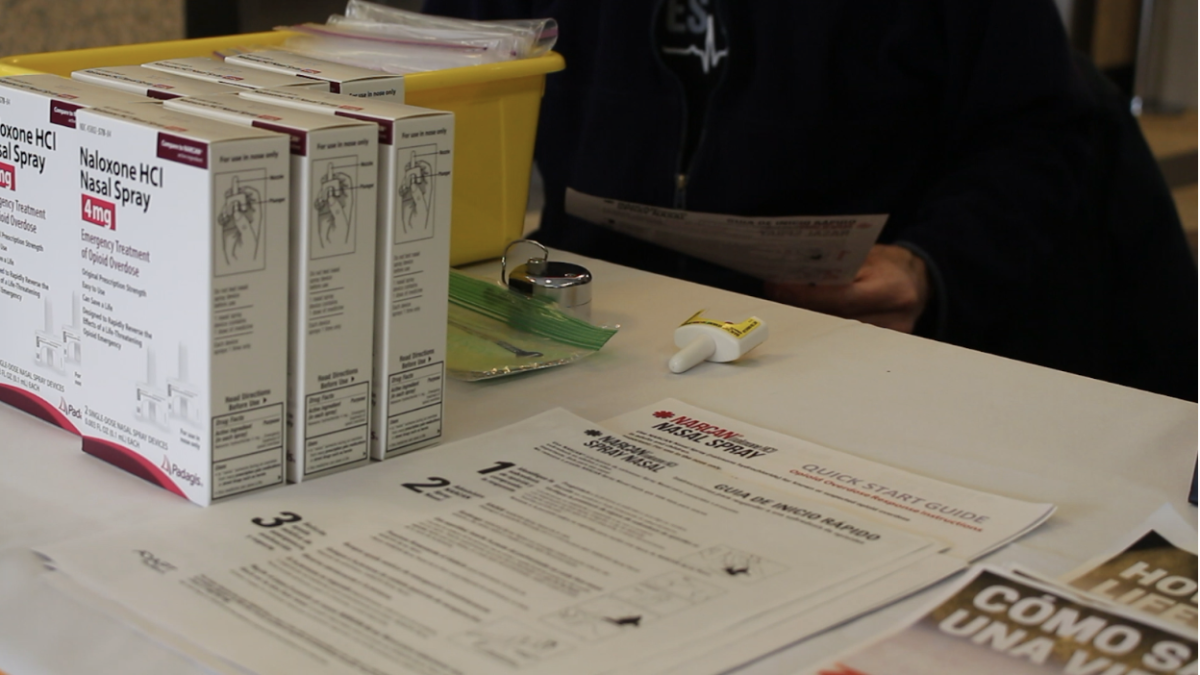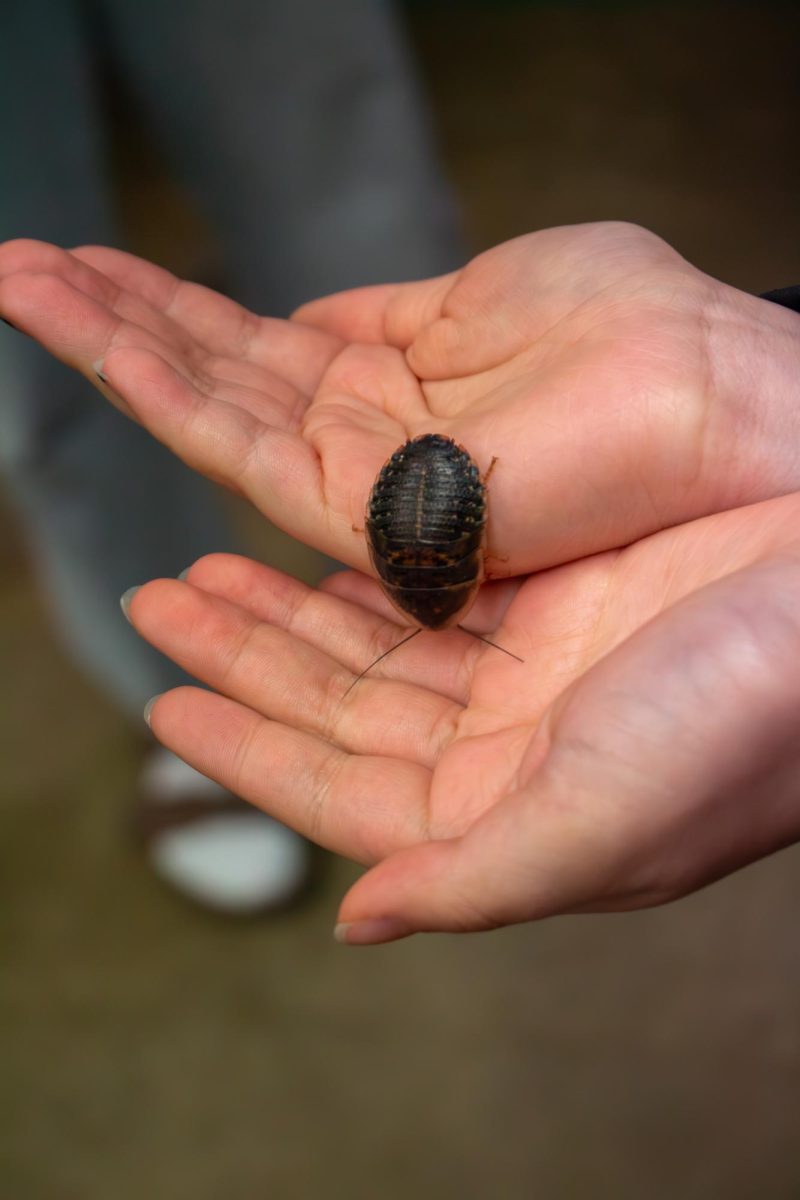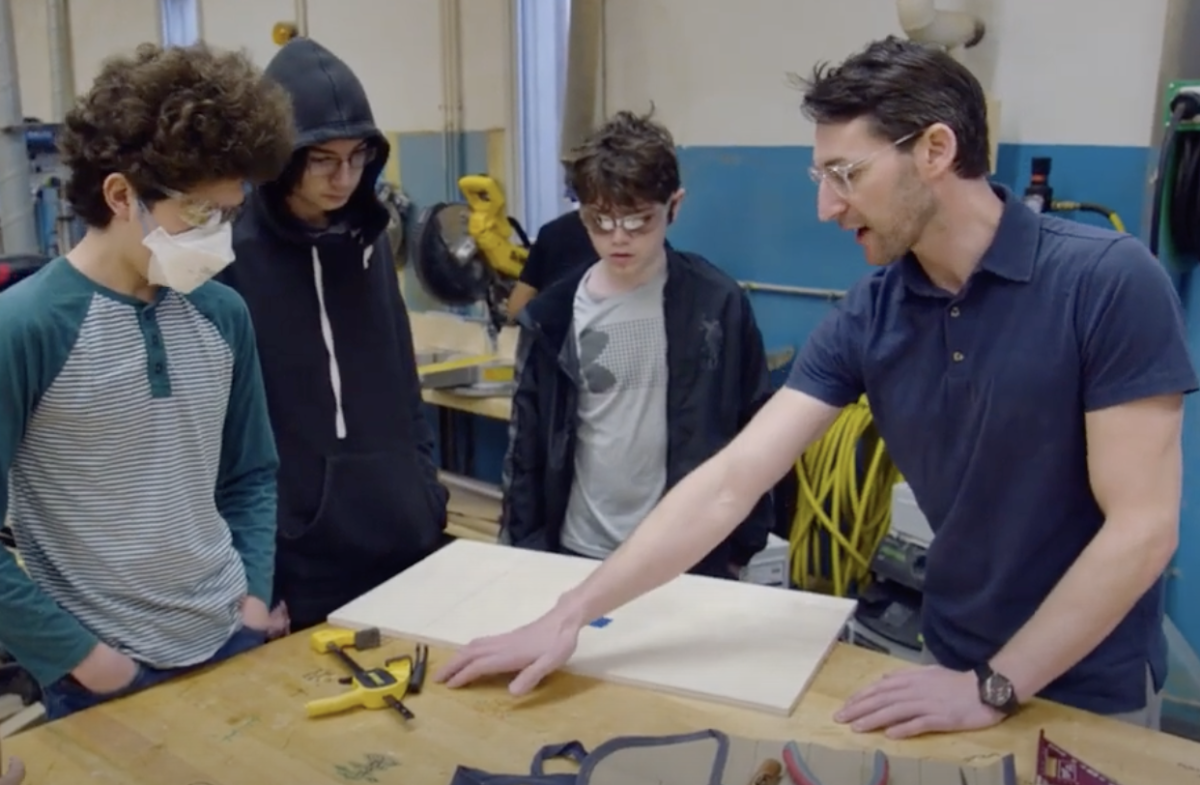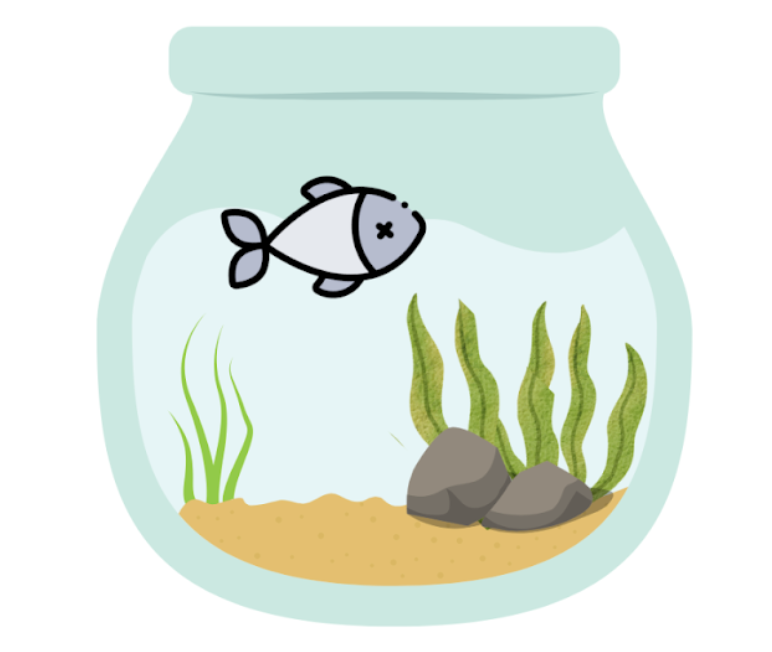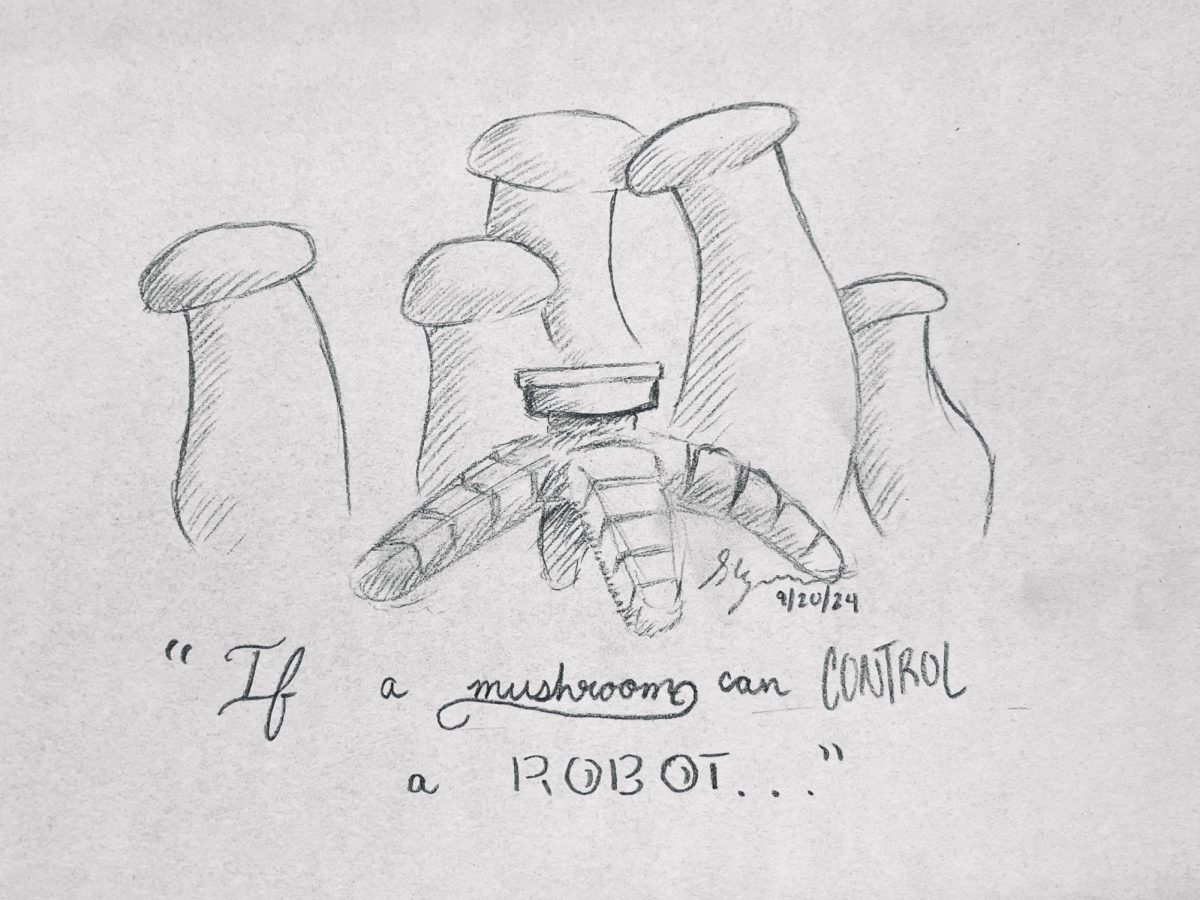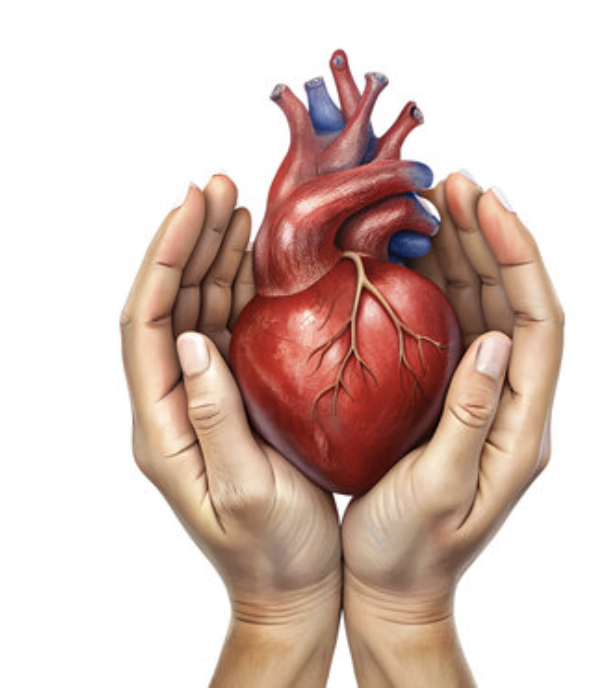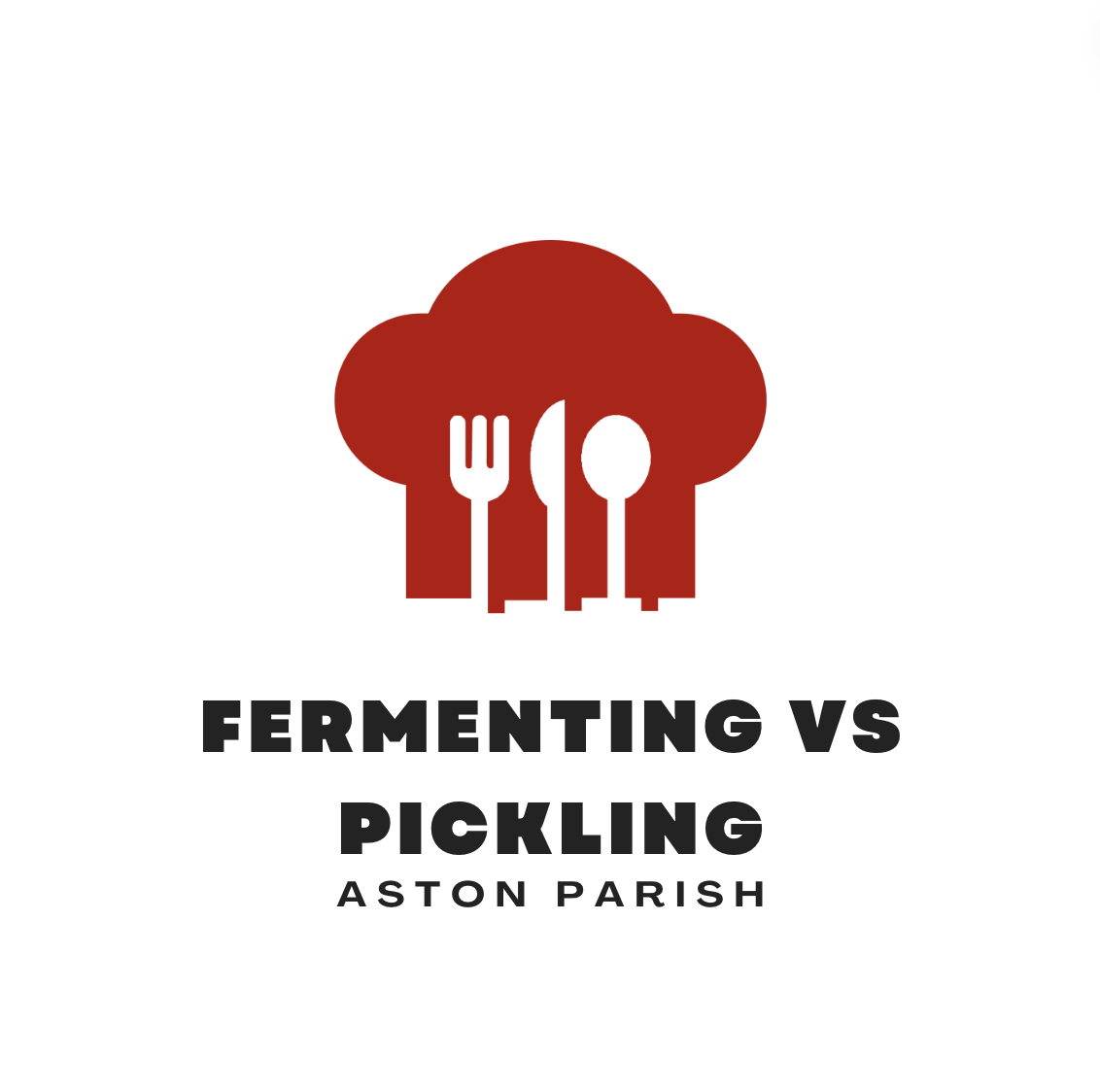Fermenting
Fermentation is a chemical process through which molecules like glucose are broken down. This is the process behind foods like alcohol, rising bread, and some methods of pickling. The key to this fermentation is an oxygenless anaerobic environment. Without oxygen, the normal breakdown of glucose is interrupted, and instead, microorganisms create compounds like alcohol, lactic acid, acetic acid, and more. The microorganisms responsible for the fermentation can include yeast, bacteria, or fungal molds. The distinct compounds created by these microorganisms split fermentation into unique methods. These methods are alcoholic fermentation, lactic acid fermentation, and acetic acid fermentation.
Alcoholic fermentation is, naturally, the method used to produce alcohol like wine and beer. However, this process is also responsible for yeast-based bread. Lactic acid fermentation is the process behind dairy products like kefir and yogurt or vegetable pickles like sauerkraut and lacto-fermented pickles. Acetic acid fermentation is the souring of wine or other alcohol into vinegar.
Along with the transformative effects of fermentation, beneficial microorganisms prevent the growth of harmful ones, and the shelf life of the food is extended. More than that, the beneficial microorganisms also provide positive health effects for your digestive system. Ultimately, this reaction between the sugars in food and the helpful microorganisms is what gives these fermented foods their distinct flavor, texture, and look.
Pickling
On the other hand, pickling is the use of salty brine, vinegar, or spiced solution to preserve produce. Along with its effects, pickling also imparts unique flavors. Pickling is commonly done with two methods: an acid-focused vinegar-based method, or the previously mentioned lacto-bacterial pickling. The vinegar method utilizes the acids within the vinegar-based pickling brine to quickly imbue the produce with flavor and short-term preservative power. The second method is much more time-intensive but provides a better payoff. By creating a high salinity environment within the pickles, it allows the growth of beneficial Lactobacillus that prevents the growth of harmful bacteria. This is a form of fermentation.
However, both these methods are heavily reliant on the concentration of vinegar or salt in the pickling solution. Too much will make the food unpalatable and too little will not be enough to prevent the growth of harmful microorganisms. Both of these methods also require a sterile environment to begin with. Contaminants in the pickling vessels or in the brine will decrease the shelf life of the finished product. This is often addressed by steam cleaning the pickling jars and boiling the brine before adding the produce. With pickling, the focus on how acid affects the food in question is what makes it distinct from the varied results of fermentation.
Differences
When comparing fermentation and pickling, it is easy to see how the processes overlap. Lacto-fermentation being a kind of pickling, the foods that are preserved, and the fact they are both used for preservation are all connections between the two. However, a key difference is that a vinegar-style pickle relies on added acid in the pickling solution. Lacto-ferments utilize the lactic acid created by the salt-tolerant bacteria the brine cultivates. Furthermore, fermentation relies on existing or added microorganisms for the process. When pickling with vinegar, it is best for the process to be done in a sterile environment. The similarities between the two should still be noted. Although fermentation is a far more versatile process, both have still been used to preserve produce, grain, and meat for centuries.
Historically, a wide variety of foods have been fermented and pickled, although fermentation is an older process. This includes vegetables, fruits, grains, legumes, mushrooms, and dairy. The preservative power of both methods can not be denied either. Both methods create a hostile environment for dangerous microorganisms within the food. Additionally, both processes also greatly benefited from the work of Louis Pasteur. With his research into germ theory, both processes of fermentation and pickling were refined with knowledge as to why they work and why contaminants can cause them to fail. The process of pickling is categorically split. In some contexts, it is another kind of fermentation. With the use of alternative methods, it becomes a wholly new thing.
Sources:
https://www.foodandwine.com/vegetables/pickled-vegetables/science-vinegar-pickles-explained
https://www.ncbi.nlm.nih.gov/books/NBK513652/
https://www.popsci.com/diy/article/2009-05/how-make-quick-pickles/
https://he.utexas.edu/ntr-news-list/lets-talk-about-fermentation
https://www.britannica.com/science/fermentation
https://www.ncbi.nlm.nih.gov/pmc/articles/PMC6723656/
https://savoryandsour.com/2017/08/31/alcoholic-and-lactic-acid-fermentation-in-food-a-primer/ https://www.thekitchn.com/whats-the-difference-between-pickling-and-fermenting-229536
https://www.kilnerjar.co.uk/blog/what-is-the-difference-between-fermenting-and-pickling
https://rockedu.rockefeller.edu/component/biochemistry-fermented-foods/
https://libguides.lindahall.org/fermentation/history/LouisPasteur






